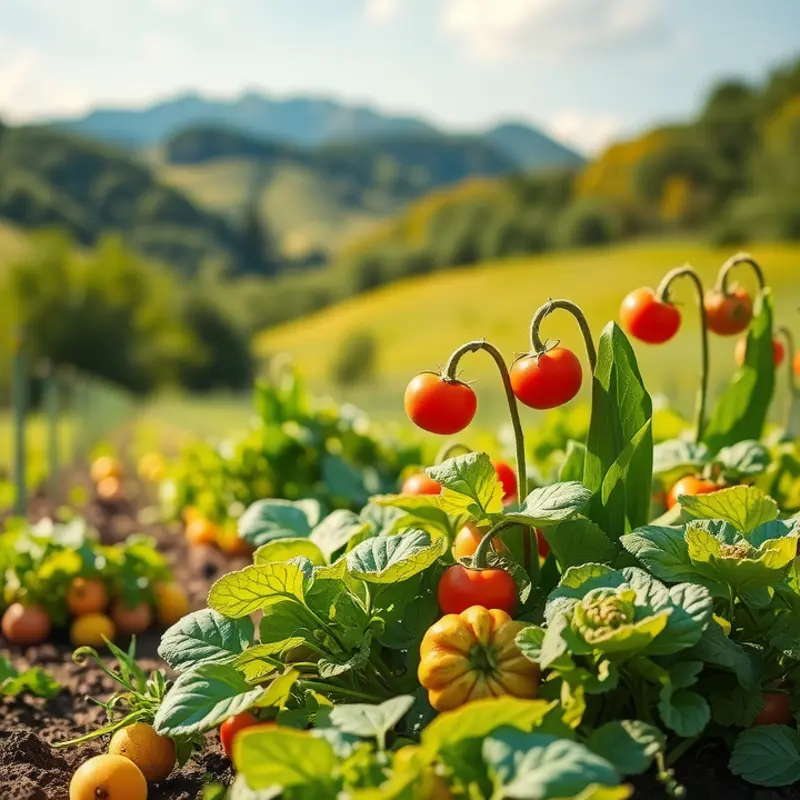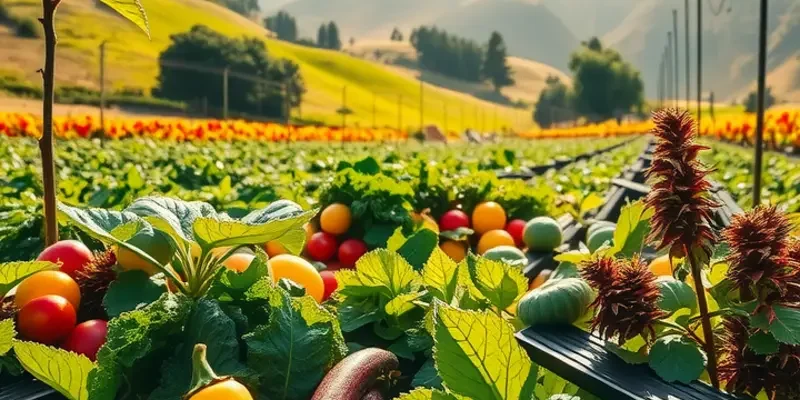Leftovers are a treasure trove of opportunities to save money and reduce waste, yet many struggle with how to store them effectively. Properly managing leftover storage not only keeps food safe but also makes meal preparation easier and more enjoyable. This guide delves into creative and practical strategies that empower you to get the most out of your uneaten meals while fostering sustainable food habits at home.
Smart Storage Solutions for Leftovers

Properly storing leftovers is essential to preserving their taste and nutritional value. Selecting the right containers is the first step. Choose containers made from materials that prevent staining and odors, like glass or stainless steel. These materials also allow you to easily see what’s inside, reducing the chance of items getting lost and forgotten in the refrigerator.
An important aspect of effective storage is labeling. Clearly label each container with the contents and the date it was prepared. This practice eliminates guesswork and helps you prioritize older items, minimizing the chance of spoilage. Use a dedicated spot in your kitchen for a labeling kit, complete with markers and tape or pre-made labels.
Temperature control plays a crucial role in keeping your leftovers fresh. Store your refrigerator at or below 40°F (4°C) and the freezer at 0°F (-18°C). These temperatures slow down bacterial growth and prolong the freshness of your meals. Consider using a refrigerator thermometer to monitor these temperatures closely, ensuring food safety.
Organizing your fridge efficiently is another key element. Implement a first-in, first-out system, where older items are placed at the front. This encourages consumption before they go bad. Designate specific sections for different categories like proteins, vegetables, and fruits. This system helps you track inventory and avoid unnecessary grocery trips.
When it comes to portioning out leftovers, individual packaging can be a game-changer. Divide large meals into single servings before storing. This approach makes reheating easier and reduces the temptation to overeat. It also simplifies packing lunches or quick dinners, promoting a balanced diet and minimizing waste. For guidance in portion-control recipes, consider browsing options like Keto Egg Muffins: Easy Meal Prep Breakfast.
Lastly, make a habit of regular fridge audits. Set aside time each week to check for items nearing their expiration dates. Use up ingredients creatively in soups, stews, or casseroles. This practice not only reduces waste but also sparks culinary creativity.
Efficiently managing your leftover storage requires both strategy and consistency. By implementing these practices, you ensure that your meals remain fresh and delicious while contributing to a more sustainable kitchen environment.
Creative Ways to Use Leftovers

Leftovers can be invigorated with a dose of creativity, evolving into delectable meals that excite the palate and minimize waste. Consider the humble roasted vegetables lounging in your fridge. These can transform into a velvety soup with the addition of broth and a simple blitz in the blender. Spice up your roasted carrot and butternut squash soup with a dash of cumin or a sprinkle of nutmeg for a warming delight.
Grains and proteins have versatile potential when combined. Leftover rice, for instance, is the critical component for a quick stir-fry. Toss it in a hot pan, add a splash of soy sauce, and introduce your choice of leftover vegetables and protein. For an extra burst of flavor, toss in some fresh herbs or a drizzle of sesame oil just before serving.
Casseroles are another ingenious solution for creative leftovers. They allow a hodgepodge of ingredients to meld together harmoniously. Start with a base of chopped proteins or beans, blend in the grains like quinoa or farro, add any cooked vegetables, and bind everything together with a savory sauce. Bake this medley for a comforting, cohesive meal that hardly feels like a repeat.
Revamping leftovers extends to breakfast too. Turn extra grilled chicken and vegetables into a hearty omelet or breakfast burrito. A touch of cheese and fresh herbs can elevate simple ingredients into a gourmet morning treat. Alternatively, those remaining grains can morph into hearty breakfast bowls. Top cooked quinoa with sautéed greens, a perfectly poached egg, and a dollop of yogurt or avocado for a nutritious start to the day.
Salads can also benefit from the imaginative use of remnants. Liven up your greens with the addition of cooked grains, roasted vegetables, or leftover proteins, turning an ordinary side salad into a meal-worthy dish. Dress it up with a tangy vinaigrette or a creamier dressing for contrast. For a twist on the classic salad, you might consider browsing options like a Mediterranean Chickpea Salad to inspire further culinary creativity.
Sauces and dips can likewise rejuvenate many leftovers, offering a simple way to breathe new life into yesterday’s meal. A vibrant chimichurri or basil pesto can effortlessly enliven grilled meats or roasted potatoes. Even tossing leftover pasta with olive oil, garlic, and a sprinkle of chili flakes can create a new dining experience.
Embracing a creative approach to leftovers not only curbs waste but also keeps your culinary endeavors dynamic. By repurposing leftover ingredients in unexpected ways, you actively contribute to a more sustainable kitchen while indulging in a continuous variety of tasty meals.
Final words
Storing leftovers creatively is not only a practical approach to food management but also an essential step towards sustainability. By embracing innovative storage methods and finding exciting new ways to use leftovers, you can significantly reduce waste while enjoying diverse and delicious meals. Incorporating these practices into your routine not only enhances the efficiency of your kitchen but also promotes healthier eating habits and a more environmentally conscious lifestyle. Start today, and watch how your leftover strategy revolutionizes your cooking experience!







